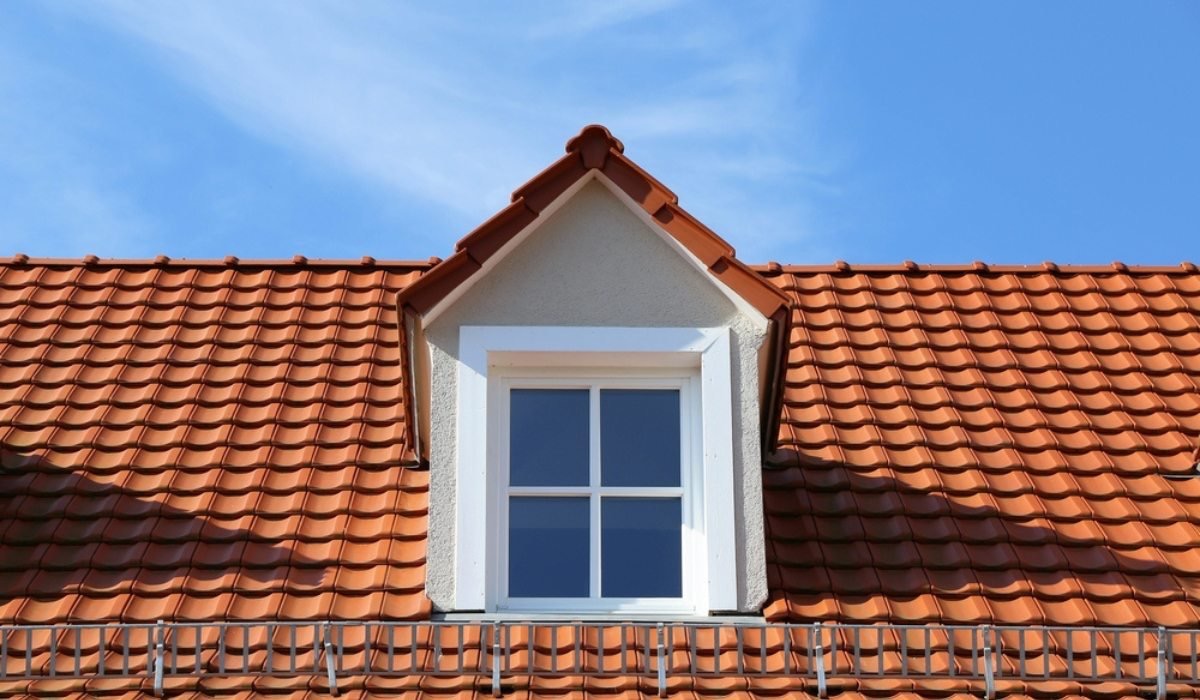

Articles
What Are Attic Windows Called
Modified: May 6, 2024
Discover the name for attic windows, also known as articles. Learn the significance and uses of these unique architectural features.
(Many of the links in this article redirect to a specific reviewed product. Your purchase of these products through affiliate links helps to generate commission for Storables.com, at no extra cost. Learn more)
Introduction
Attic windows, also known as dormer windows, are architectural features that are not only functional but also add beauty and character to a building. These windows are typically found on the upper level or roof of a house, allowing natural light to enter the space while providing additional ventilation and views of the surrounding area.
Attic windows have a long history and have been used in various architectural styles, from classic to contemporary. They can be found in residential homes, commercial buildings, and even historical structures. In this article, we will explore the definition of attic windows, discuss the different variations of these windows, highlight their importance in architecture, and provide examples of famous attic windows.
Key Takeaways:
- Attic windows, also known as dormer windows, are architectural features that not only bring in natural light and ventilation but also add character and charm to buildings, enhancing their overall appeal and livability.
- From the iconic Louvre Museum to the historic White House, famous buildings around the world showcase the elegance and functionality of attic windows, highlighting their significant role in architectural design and cultural heritage.
Read more: What Are Ceiling Windows Called
Definition of Attic Windows
Attic windows, also known as dormer windows, are window structures that protrude from the slope of a pitched roof. Unlike conventional windows that are flush with the wall, attic windows are set vertically on the roof, typically positioned to maximize natural light and provide a view from the attic space.
These windows are designed to bring light, ventilation, and aesthetic appeal to the upper level or attic of a building. They are usually located on the front-facing side of the roof, although they can also be found on the sides or even the rear of the building.
Attic windows come in various shapes and sizes, including gable, hipped, shed, and eyebrow dormers. Gable dormers have a triangular shape and are the most common type of attic window, as they blend well with different architectural styles. Hipped dormers have a sloping roof on all sides, resembling a miniaturized version of the main roof. Shed dormers have a single sloping plane, while eyebrow dormers have a curved shape that follows the natural curve of the roof.
These windows can be made of different materials, such as wood, vinyl, fiberglass, or even metal. The choice of material depends on factors such as the architectural style, climate conditions, and personal preferences of the homeowner or architect.
Attic windows are not only functional but also serve as attractive architectural elements. They add visual interest, depth, and character to the overall structure of a building. With their unique placement on the roof, these windows can create a striking silhouette and enhance the curb appeal of a home or building.
Variations of Attic Windows
Attic windows come in a variety of styles and designs, each offering its own unique features and visual appeal. Let’s explore some of the most common variations of attic windows:
- Gable Dormer: This is the most common type of attic window. It features a triangular-shaped window that extends from the roof, with the point of the triangle facing upwards. Gable dormers are popular due to their versatility and ability to complement different architectural styles.
- Hipped Dormer: Hipped dormers have a more rounded appearance, with a roof that slopes on all sides. They are often seen in traditional and Victorian-style buildings, adding a touch of elegance and charm to the overall design.
- Shed Dormer: Shed dormers have a simple and modern design, featuring a single sloping plane that extends from the roof. They are commonly used in contemporary and minimalist architecture and provide ample natural light and headroom in the attic space.
- Eyebrow Dormer: As the name suggests, eyebrow dormers have a curved shape that resembles an arched eyebrow. These windows are more decorative in nature and are often found in older, historic homes, adding a touch of architectural beauty and character.
- Segmented Dormer: Segmented dormers are similar to eyebrow dormers but have a segmented curve instead of a smooth arch. They are less common but can add a unique touch to the overall design of a building.
In addition to these variations, attic windows can also vary in size and placement. Some may be small and narrow, while others can span across the entire width of the roof. They can be placed symmetrically or asymmetrically, depending on the desired aesthetic and architectural design of the building.
Overall, the variations of attic windows offer architects and homeowners a wide range of options to choose from, allowing them to customize the design and functionality of a building while infusing it with personal style and architectural character.
Attic windows are often referred to as “dormer windows” due to their placement on the sloped roof of a house. They provide natural light and ventilation to attic spaces.
Importance of Attic Windows in Architecture
Attic windows play a crucial role in architecture, providing both practical and aesthetic benefits that contribute to the overall functionality and beauty of a building. Here are some reasons why attic windows are important:
- Natural Light: Attic windows allow natural light to enter the upper level or attic space, creating a bright and welcoming environment. This not only reduces the need for artificial lighting during the day but also enhances the overall ambiance and livability of the space.
- Ventilation: Proper ventilation is essential in any building, and attic windows help facilitate the flow of fresh air. By opening these windows, hot air can escape from the attic, preventing the space from becoming stuffy or overheated. Additionally, attic windows can provide access to cooling breezes, improving air circulation throughout the building.
- Expand Usable Space: Attic windows can transform an underutilized attic into a functional living or working space. By introducing natural light and ventilation, these windows make attics more habitable, allowing homeowners to convert them into bedrooms, offices, or recreation areas. This not only increases the usable area of a building but also adds value to the property.
- Enhance Curb Appeal: Attic windows are visually appealing and can significantly enhance the curb appeal of a building. They add depth, character, and architectural interest, making the structure more aesthetically pleasing and captivating to the eye.
- Preserve Historical Architecture: In historical buildings, attic windows serve as a reflection of the architectural style and period in which the structure was built. By preserving and maintaining these windows, we can ensure the integrity and authenticity of historical architecture, contributing to the cultural and historical significance of a place.
- Connection to Surrounding Environment: Attic windows provide a connection between the interior of a building and the surrounding environment. They offer panoramic views of the landscape, cityscape, or other scenic elements, allowing residents or occupants to appreciate and connect with their surroundings.
Overall, attic windows are not just functional elements, but they also add beauty, character, and value to a building. They contribute to the overall architectural design, create a pleasant living or working environment, and serve as a connection point between the interior and exterior spaces.
Examples of Famous Attic Windows
Attic windows have been used in architecture for centuries, and many renowned buildings around the world showcase these distinctive features. Here are some examples of famous attic windows:
- The Louvre Museum, Paris: The iconic Louvre Museum in Paris features numerous attic windows that dot the rooftops of the historic structure. These windows not only provide natural light to the attic spaces but also add to the grandeur and timeless beauty of the museum.
- The Flatiron Building, New York City: The Flatiron Building is an architectural marvel in New York City known for its triangular shape. This iconic building features attic windows that follow the shape of the roof, allowing for ample light and stunning views from the upper levels.
- Château de Chambord, France: The Château de Chambord is a magnificent Renaissance castle in France, famous for its elaborate architecture. The attic windows on the roofline not only provide natural light to the upper floors but also add to the overall symmetrical design and visual appeal of the castle.
- The White House, Washington D.C.: The White House, the official residence and workplace of the President of the United States, showcases attic windows on its upper levels. These windows contribute to the architectural style of the building and provide much-needed natural light to the upper floors.
- Sagrada Família, Barcelona: The Sagrada Família is an extraordinary basilica designed by renowned architect Antoni Gaudí. The attic windows in this architectural masterpiece allow light to fill the interior, creating a breathtaking play of light and shadow within the sacred space.
- Graceland, Memphis: The famous home of music icon Elvis Presley, Graceland, features attic windows on its upper floors. These windows not only provide natural light but also contribute to the iconic appearance and architectural charm of the beloved residence.
These are just a few examples of the many buildings worldwide that showcase the beauty and functionality of attic windows. Whether in museums, castles, government buildings, or private residences, these windows have become integral elements of architectural design, adding character, natural light, and a unique aesthetic to the structures.
Read more: What Is A Basement Window Called
Conclusion
Attic windows, also known as dormer windows, are architectural features that serve both practical and aesthetic purposes in buildings. They bring in natural light, provide ventilation, expand usable space, and enhance the overall beauty and character of a structure. With various variations and designs available, these windows offer architects and homeowners the opportunity to customize their buildings and infuse them with personal style.
Throughout history, numerous famous buildings have showcased the elegance and functionality of attic windows. From iconic museums and castles to historical landmarks and beloved residences, these windows have left a lasting impact on architectural design and have become symbolic elements of beauty and charm.
In conclusion, attic windows are not just functional components but also contribute to the overall appeal and livability of a building. They create a welcoming and well-ventilated space, connect the interior to the surrounding environment, and add architectural interest and beauty to the structure. Whether in traditional or contemporary architecture, attic windows continue to play a significant role in enhancing the aesthetics and functionality of buildings around the world.
Next time you look at a building or consider incorporating attic windows into your own space, take a moment to appreciate the craftsmanship and ingenuity behind these remarkable architectural features.
Curious about enhancing your home's aesthetic and functionality? Our next feature, "Roof Windows for a Breathtaking View," delves into how integrating stylish roof windows can transform any space from ordinary to extraordinary. Whether seeking more natural light or aiming to enjoy vast, scenic landscapes right from your loft, this article is perfect. Don’t miss out on discovering how these innovative solutions could redefine your living experience.
Frequently Asked Questions about What Are Attic Windows Called
Was this page helpful?
At Storables.com, we guarantee accurate and reliable information. Our content, validated by Expert Board Contributors, is crafted following stringent Editorial Policies. We're committed to providing you with well-researched, expert-backed insights for all your informational needs.
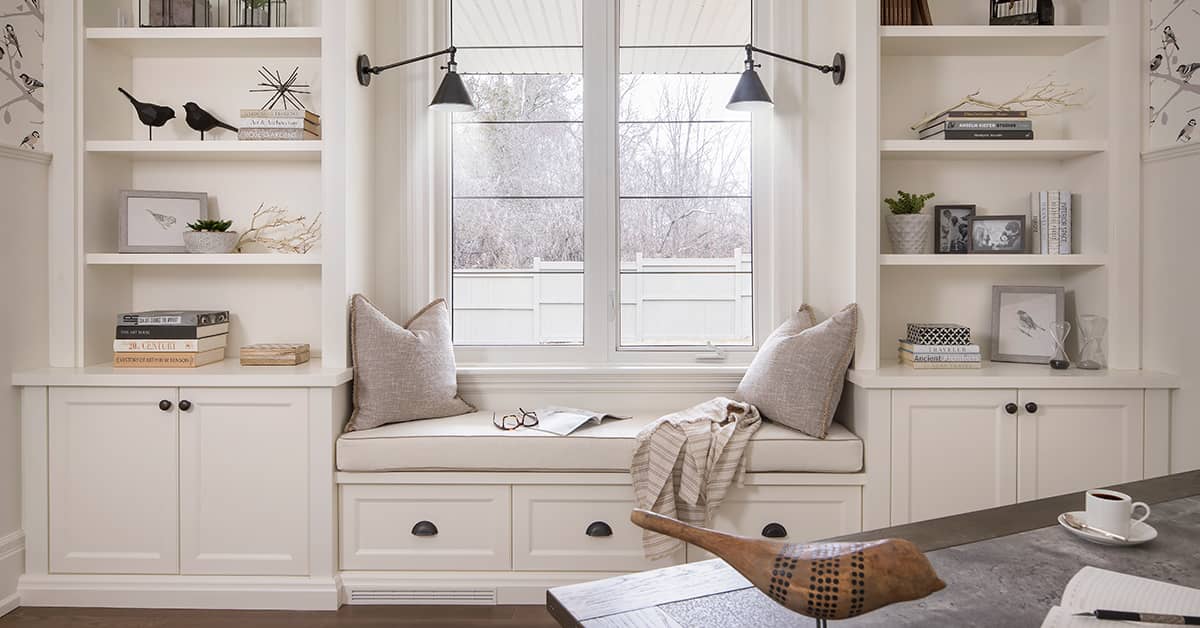


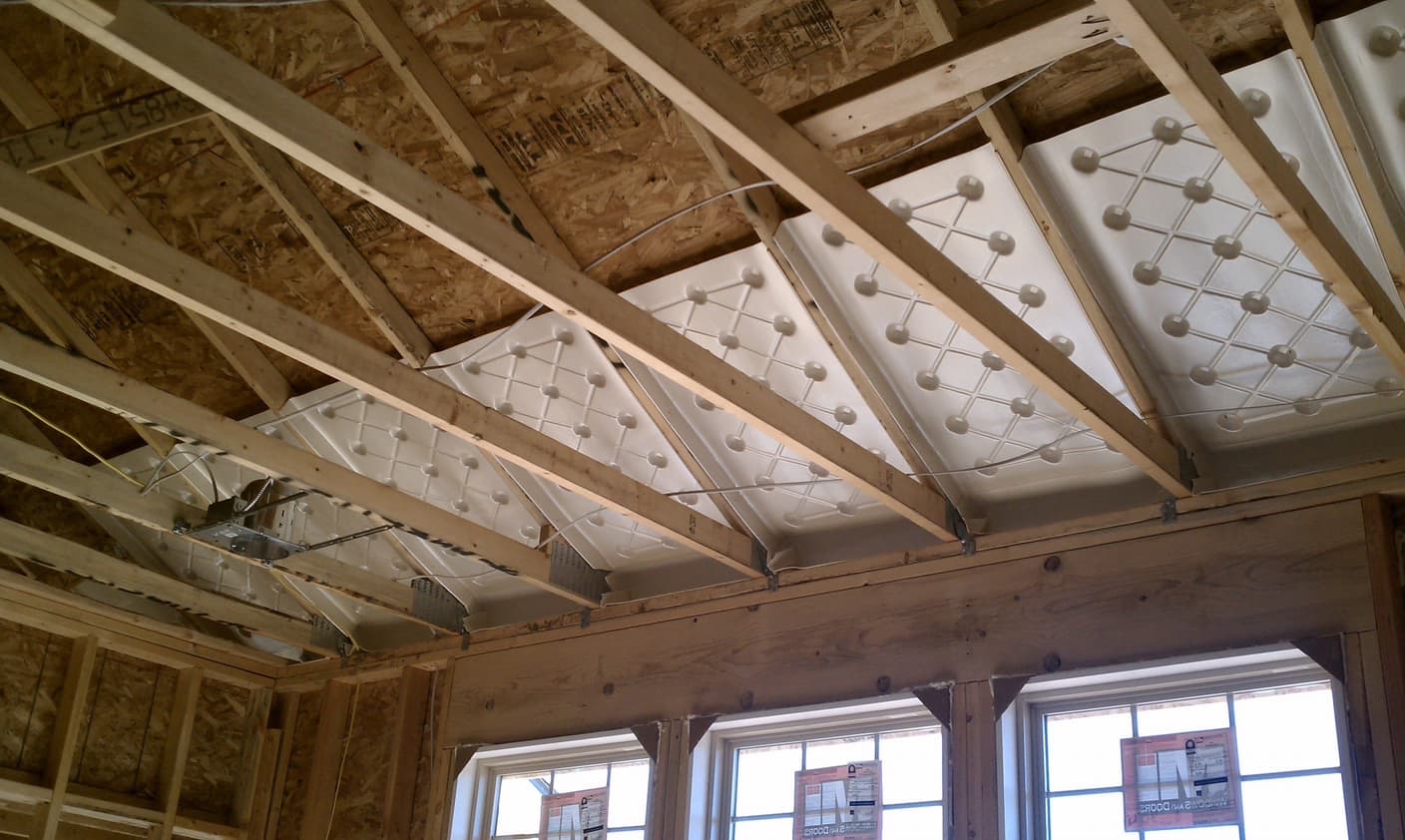
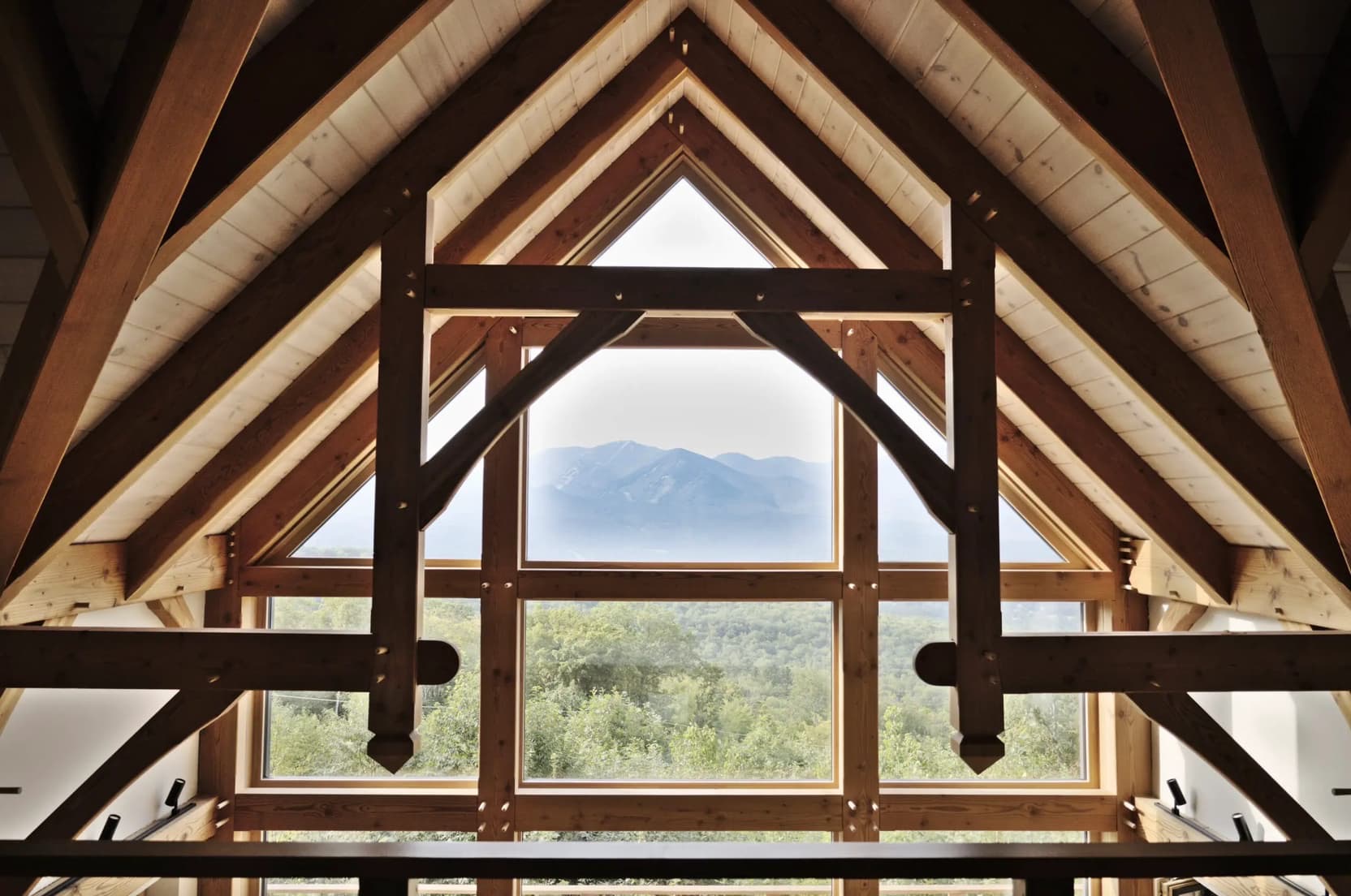
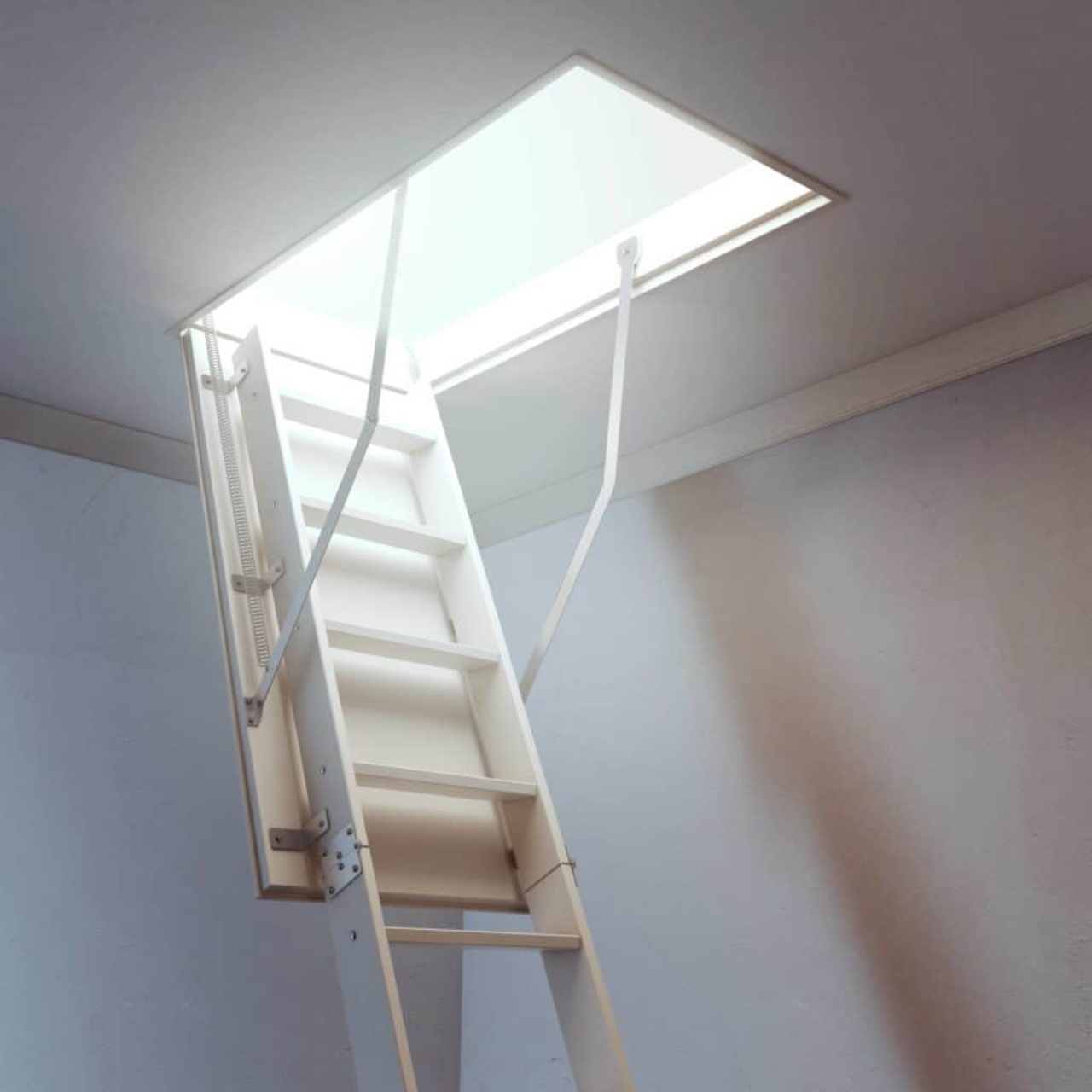

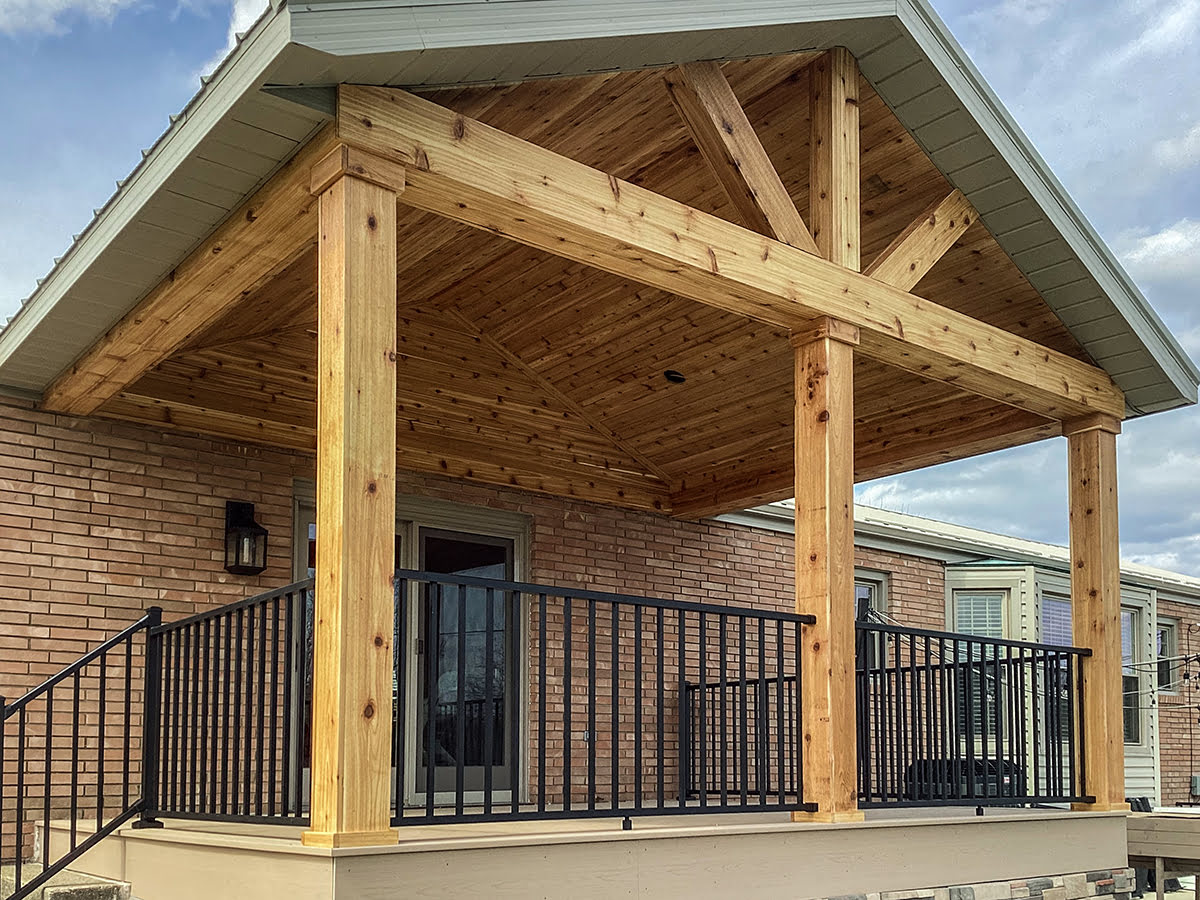


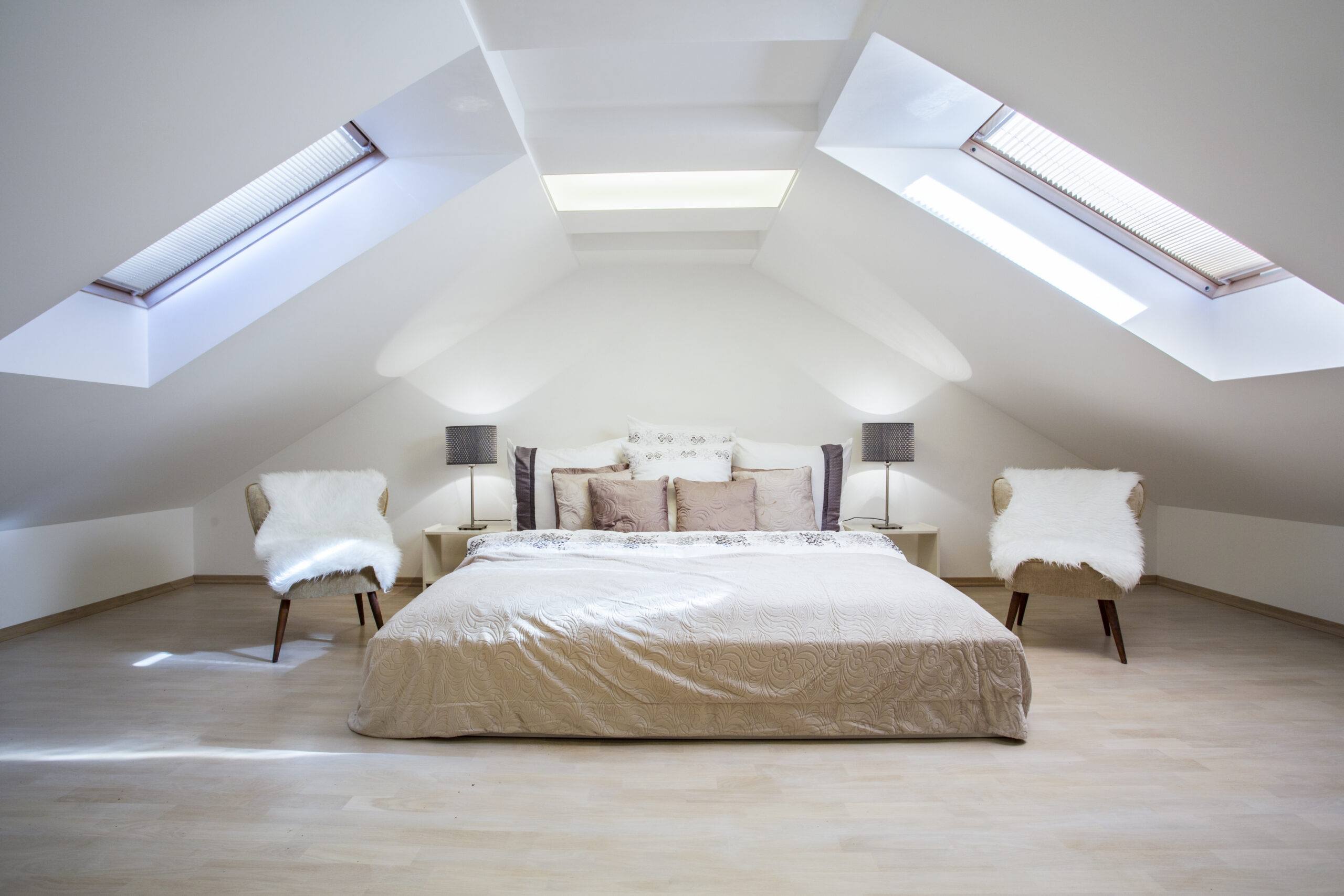

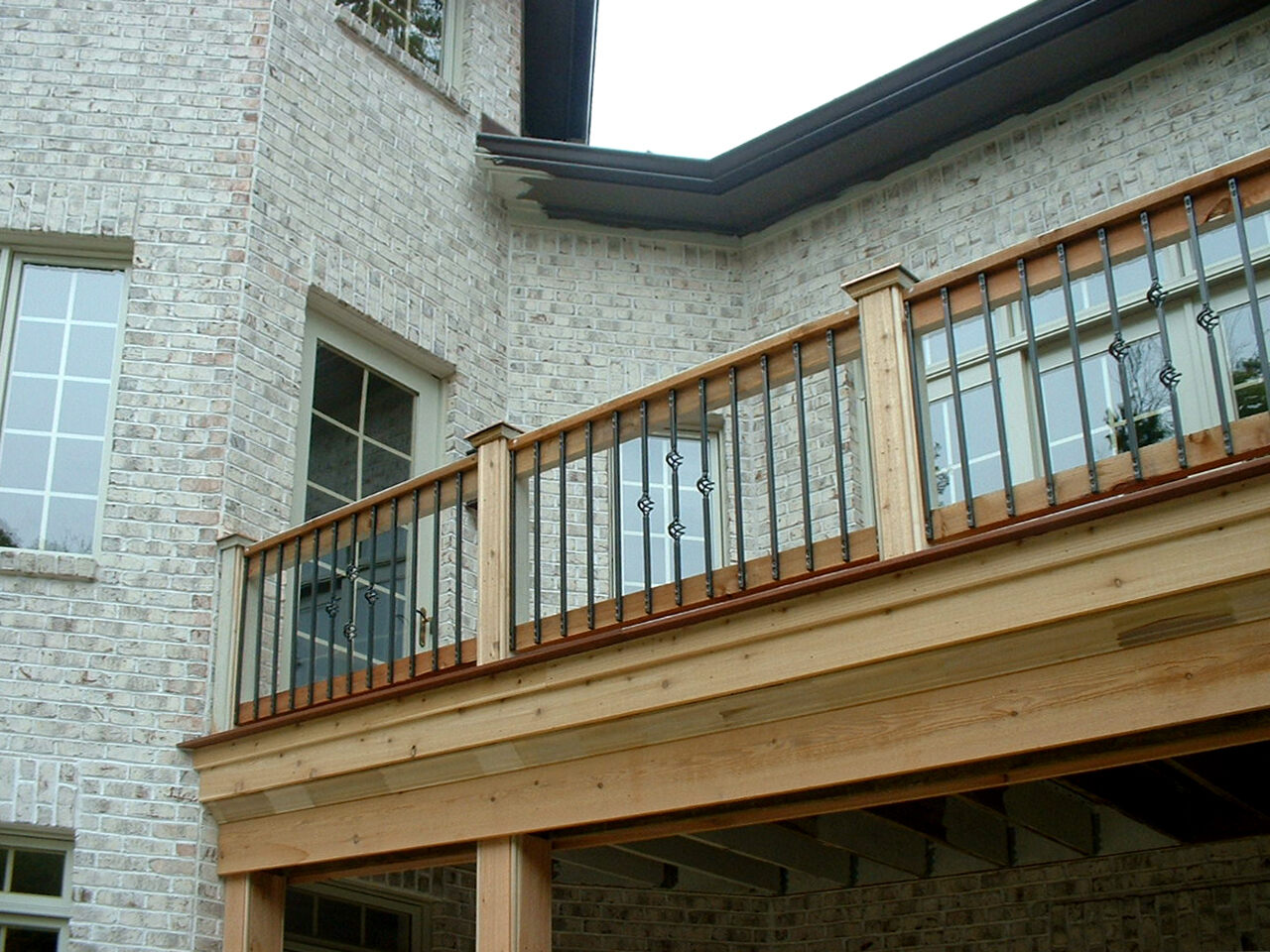


0 thoughts on “What Are Attic Windows Called”